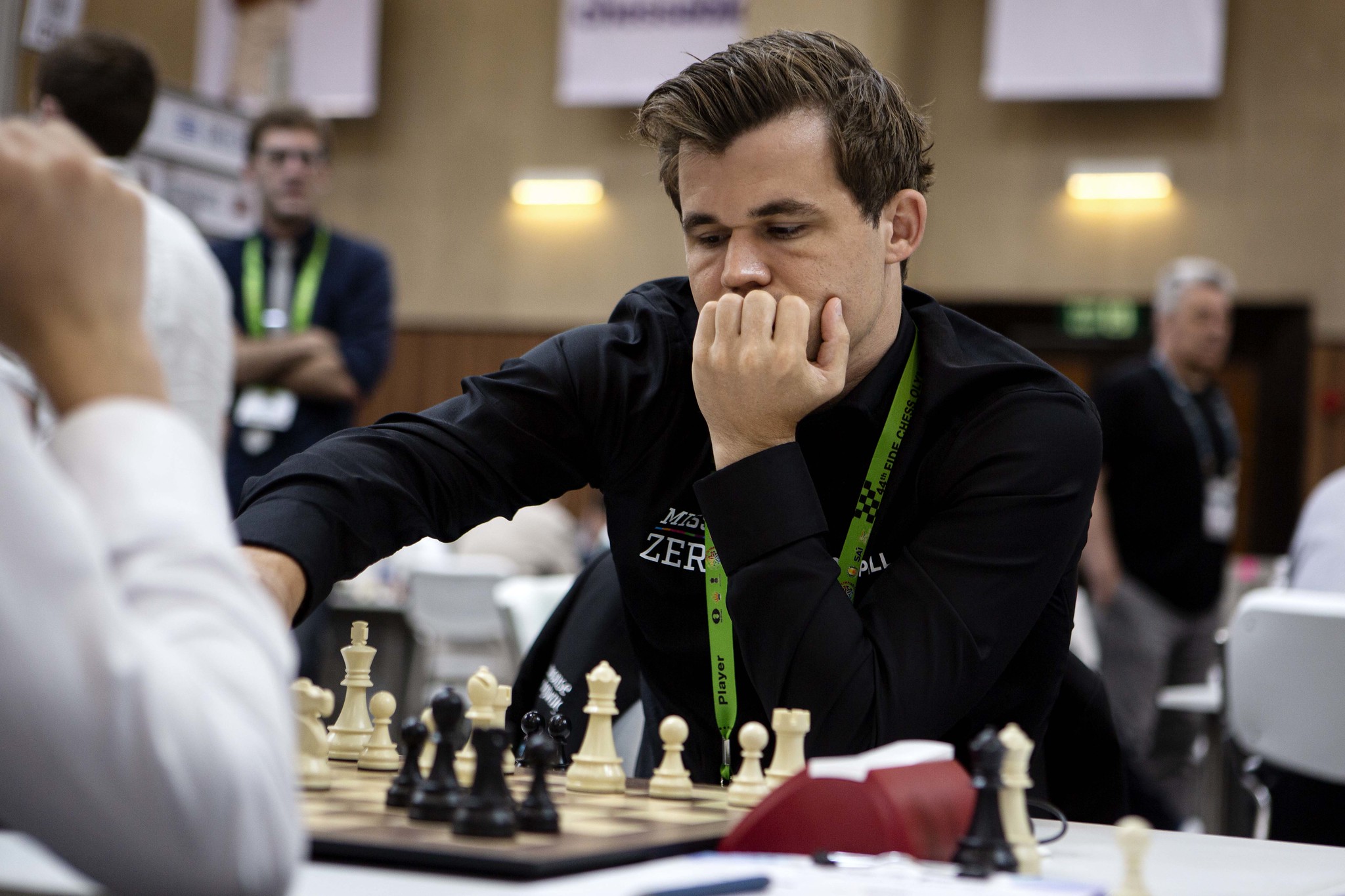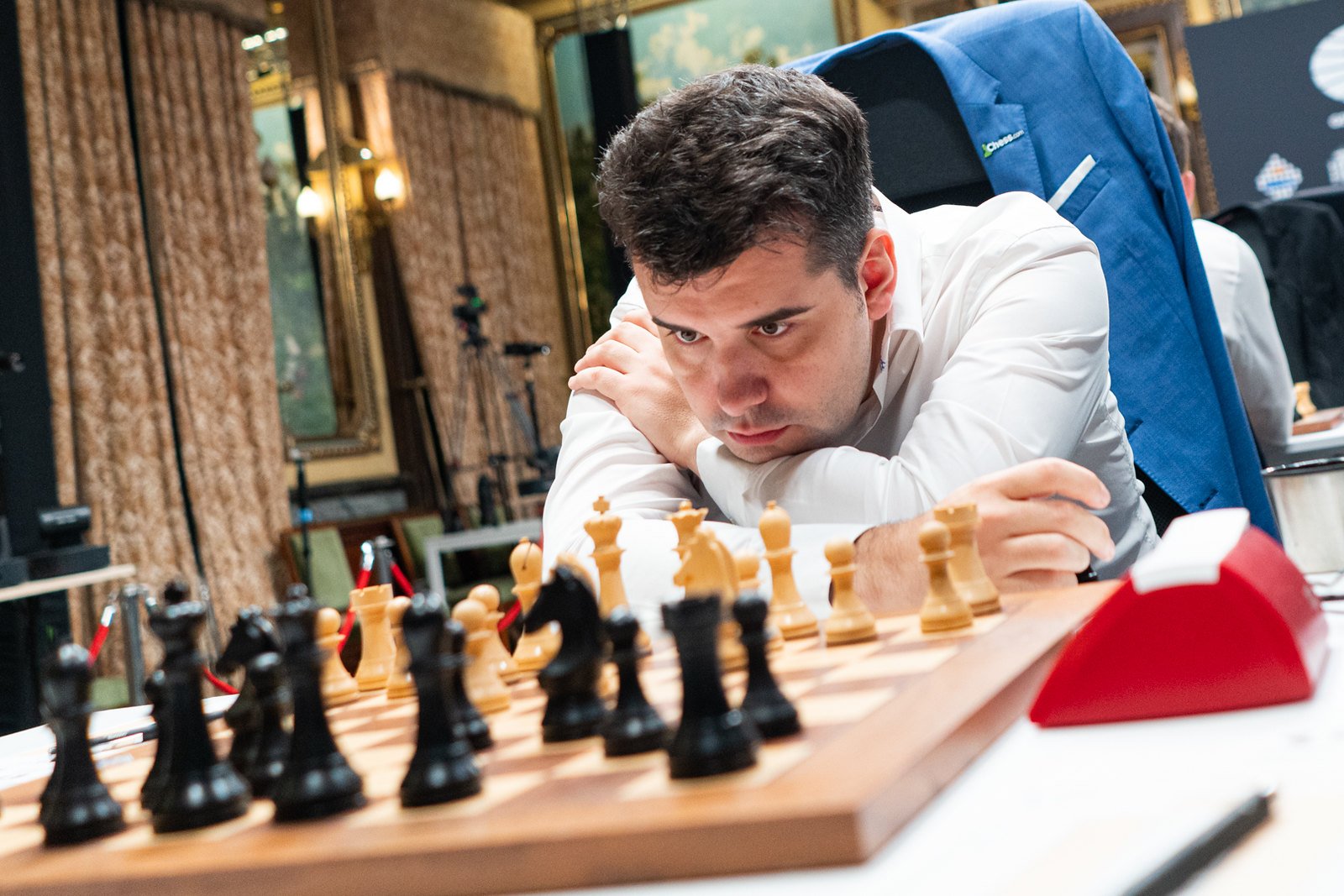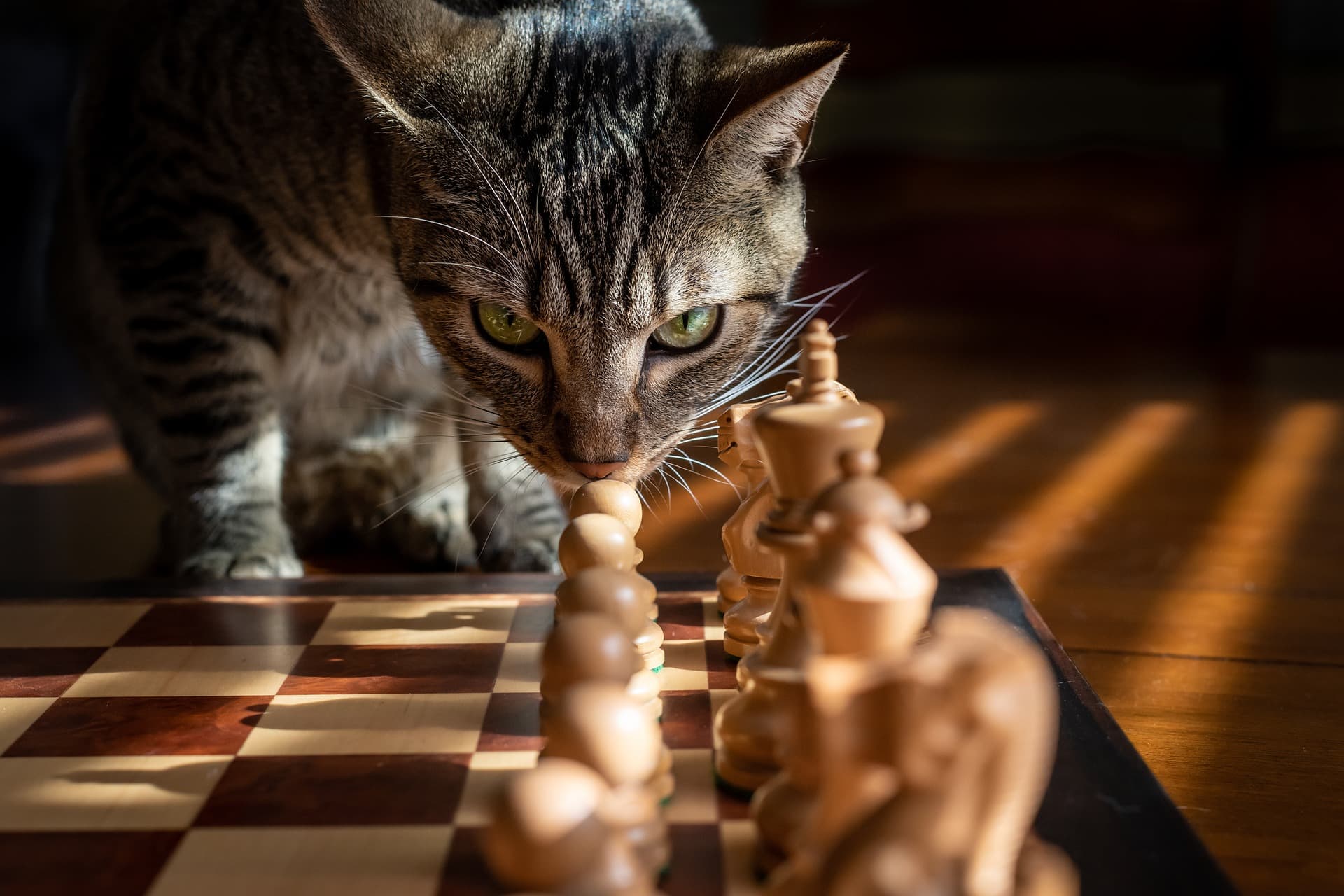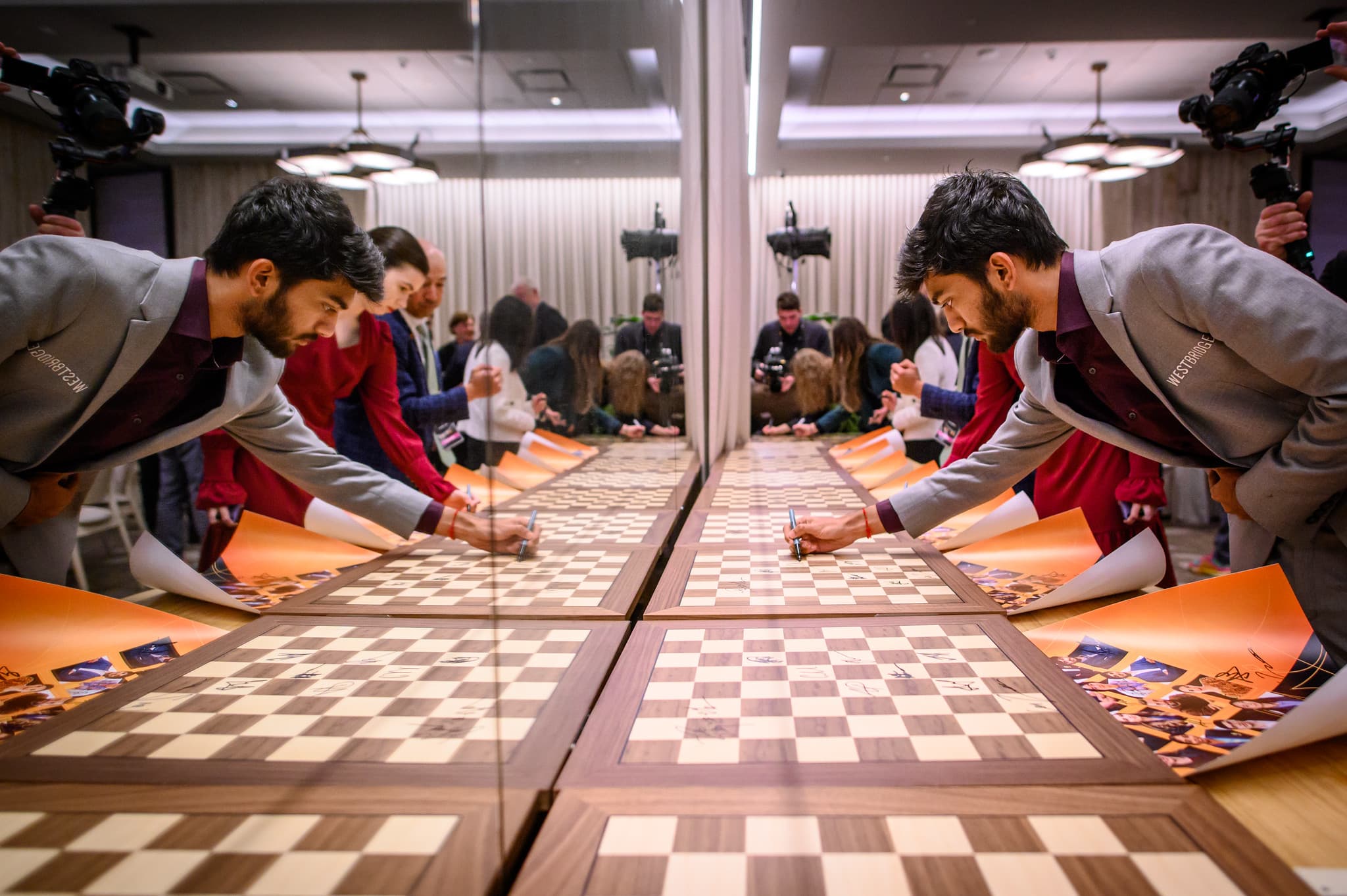It takes more than just showing up flash your superior ELO rating to win a game of chess, and the narrow edges that determine the difference between victory and defeat have rarely been clearer than in the third and fourth rounds of the 44th Chess Olympiad. Slowly but surely, the huge field is getting separated and some of the favorites have already dropped a couple of key games.
There’s been plenty of drama and shock results across the many chessboards, and even a brief medical emergency to add to the intrigue. With seven rounds still to go, there’s still some time to catch up, but the cruel math of the Swiss system means that any points dropped will reverberate deep into the tournament.
Norway stumble twice, now have mountain to climb
Even though they have Magnus Carlsen to rely on, and they were third in the pre-tournament rankings list, the Norwegian side has suffered two very damaging setbacks in these early rounds in their quest to earn an elusive medal.
Despite the Carlsen boost, the Norwegian team has failed to secure victories in rounds three and four, pushing them all the way down to 53rd place in the overall standings for now. In fact, it could have been even worse: their tie with Mongolia involved a win apiece and two draws, including the one on Board 2 between Gundavaa Bayarsaikhan and Tari Aryan.
Here, the Norwegian player wielding the Black pieces slipped on move 37, allowing White to set up an unassailable attack on the opponent’s loose king, pushing through their kingside pawns to promotion in the process.

43. g5 was the killing move, but there were other avenues to victory as well. Shockingly, the Mongolian player agreed to a draw in this completely winning position, saving the Norwegian team from even greater embarrassment.
India and the United States suffered minor setbacks with one drawn match each, but they remain within striking distance of the leaders: if they can keep on winning, they will eventually get the chance to face them head-on in this 11-round affair.
At this point, only five teams maintain a perfect score: India-2, Armenia, Israel, England and Spain. Twelve other teams, including India-1 and the United States, are on seven match points out of eight after their draw. To some extent, everyone else is playing catch-up, and now the big teams are going to start facing each other in crucial early-round battles: Spain will battle India’s second team, England will face Armenia and Israel will go up against the USA in round five.
Germany struggles and loses a derby
The German team was ranked ninth heading into the tournament, but so far, their performance has been really rather shaky. Round three saw them lose to Austria in a Central European derby of epic proportions, a huge upset where the battle was decided by the (comparatively) weaker players.
The teams’ best players tied and they traded wins on the second and third boards, meaning an upset win by Horvath Dominik with the Black pieces, surmounting a 160-point rating gap to triumph over GM Dmitrij Kollars, was enough to secure the win.
Though Kollars managed to get an advantage from the Italian Game, an incorrect simplification initiated on move 23 let Black in the game, who then expertly ground out an advantage as the players kept getting closer to time control. On move 39, perhaps eager to get the bonus time despite still having ten minutes to spare, Horvath gave back his edge, missing an opportunity to snag a free pawn on h5, missing that he comes out ahead of the ensuing tactical complications after White follows up with fxe5.

Instead, he took on f4 and gave White a faint (and hyper-complicated) tactical opportunity to even up the game, one Kollars missed even with the extra time allotted. By jumping in to e7 with his knight, checking the Black king, he could have then moved over to c6 and created counterplay with his passed b-pawn. Having missed this chance, he was quickly pushed back as Black advanced his own passed pawn on the d-line, all but ending the game with a nice tactical shot on move 50.
Kollars resigned six moves later and the capstone of a famous win was sealed.
The German team did bounce back in the next round with a win over Ireland, but it was quite the close-fought affair considering the rating difference between the two sides: the 2.5-1.5 score in the match, despite the win, is a worrying sign going forward.
12-move wins and a medical emergency: other tales from the Olympiad
There was drama elsewhere in the playing hall, too: Estonia’s Kanep Meelis fainted during his game in the Jamaica-Estonia match, a situation that was expertly taken care of by the organizers. One of the arbiters was a trained nurse and she held down the fort for the ten minutes it took for the ambulance to arrive.
Meelis’ opponent offered a draw instead of letting the clock run out: a nice gesture in principle, but the Estonian grandmaster actually had checkmate in five and an extra rook on the board.
Also, the Estonian team has already clinched the match, making the point moot.

Over in the women’s section, the matchup between Georgia and India’s third team was partly decided by a nasty opening trap sprung by IM Lela Javakhishvili that ended the game in just fourteen moves. In a shining example of how similar positions can be very different, her opponent walked into a huge error as early as move seven, confusing two theoretical lines in the Queen’s Indian Defense.

It’s easy to see that Black walks into a nasty situation after White plays Ne5, attacking the advanced Black knight and indirectly the unprotected bishop on b7 behind it.
Black’s idea was to hop forward to c3, threatening the queen—however, after Qh5 and g6, the incredible Qh3 protects the g2 bishop and leads to a guaranteed loss of material for Black, effectively ending the game.
Eight teams are still on the perfect score in the women’s section, meaning it will take quite a few rounds to separate the wheat from the chaff. India’s first two teams are still in the mix alongside France, Romania, Ukraine, Georgia, Poland, and Azerbaijan.












Published: Aug 1, 2022 09:32 pm